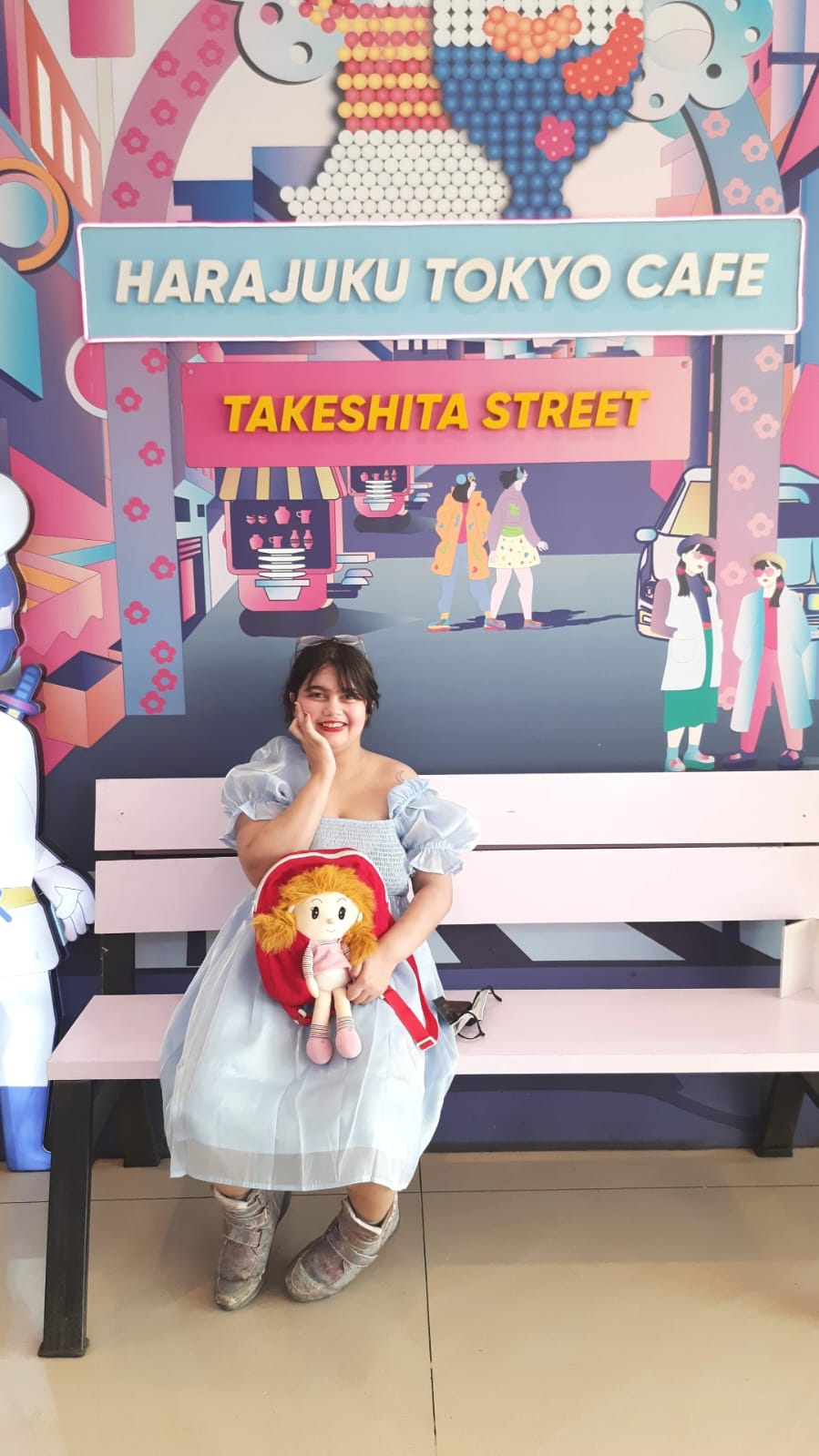This article has been penned by Anna Maria Joseph for Nykaa Fashion’s Pride Month 2022
“Pride is not just a party, but a protest.” Those outside the community often question why queer people dress up the way that we do and why we do it for Pride if it is supposed to be serious. It’s because the person is political. And the way that people dress forms a big part of who we are, whether we are conscious of it or not. This isn’t to say that all queer people are interested in fashion or choose to express their dissent through fashion – that would be a stereotype. But because fashion is a significant aspect of enforcing binaries, it’s natural that we would use it as a medium to reclaim ourselves.
Fashion for me has almost always felt like a safe space. When I was afraid of not fitting in, I was proud to stand out with my style. When I felt like I was allowed to think outside the box but only if it could be contained under the hold of cishet normative standards, I found freedom in the works of queer artists.
To understand more about what fashion means for queer people, I also spoke to others from the community.
How is fashion, queer?
Spite: Fashion has always been queer. It’s a revolution against the status quo. It’s a way of carving a niche for ourselves when we don’t have an inch of space in this world. Queer fashion tends to be treated as an alien abomination and yet, most fashion on ramps is taken straight out of a queer lookbook.
My fashion inspiration is Yungblud. As a punk rocker myself, I resonate with the chaotic raw punk mixed with unabashed queerness that Dom Harrison represents. I also impress myself a lot of times with my own style.

Spite (they/he) is a non-binary poet, artist and neuropsychologist.
How has fashion influenced your exploration of identity?
Nu: I enjoy dressing up and putting on makeup even if I’m going nowhere and meeting no one. Putting on lipstick for me is a political statement because as a disabled queer person, I am denied aspects of femininity and agency and expected to not love myself. Growing up, I always found makeup videos by non-disabled people to be too difficult for me to follow. At the age of 24, I’m learning to build the confidence and agency to put on makeup by myself.
When we look at fashion, we need to pay attention to accessibility. I like clothes that make me feel like my authentic disabled self, irrespective of whether the clothing is considered masculine or feminine. I like clothes that ease the movement of my body and allow me to dance around my room.
My fashion inspiration is Elita Harkov, whose dressing style is cottagecore and fairy-inspired. It celebrates being authentic and reminds me that I don’t have to be resilient all the time.

Nu (they/she) is a gender studies student, author and founder of Revival Disability India.
How would you like the conversation on fashion and gender to change?
Yohan: The conversation around fashion and gender tends to focus on distinguishing it into binaries of “for men” and “for women”. This needs to change. Unless unavoidable (like for clothes that fit only one type of body anatomy), clothes need not be labelled. Any person of any gender should be able to wear anything that they want. We need to de-gender fashion. We need to see more queer people on the face of brands. We want to see makeup not only on women but also on men, trans people and non-binary people.
My fashion inspiration is Lady Gaga, who has inspired countless queer people to express themselves and be brave in their expressions.

Yohan (they/them) is a non-binary model, currently pursuing fashion design through online courses.
Do you see fashion as a tool of queer resistance? How so?
Anamitra: Fashion is a derivative of ideas. It emerges from memory and adds to the rhythm and languages of life. I’m certain fashion is not only an activity of adornment but a matter of political resistance. It can convey a strong sense of self-expression and teach us not to be fearful. It brings awareness about who is allowed to present themselves in conformity and who refuses to be defined by it.
My fashion inspiration is every queer trans person you’ll meet on the streets! I often find that those who have been outcasts, carry a certain vibrance and a sense of hope in their style, which is so eye-catching.

Anamitra Bora (any/all) is a queer non-binary person currently pursuing a Masters in Sociology. They are an alum of NIFT Delhi and have worked as a stylist for Marks and Spencer’s.
Written for Nykaa Fashion by Anna Maria Joseph

